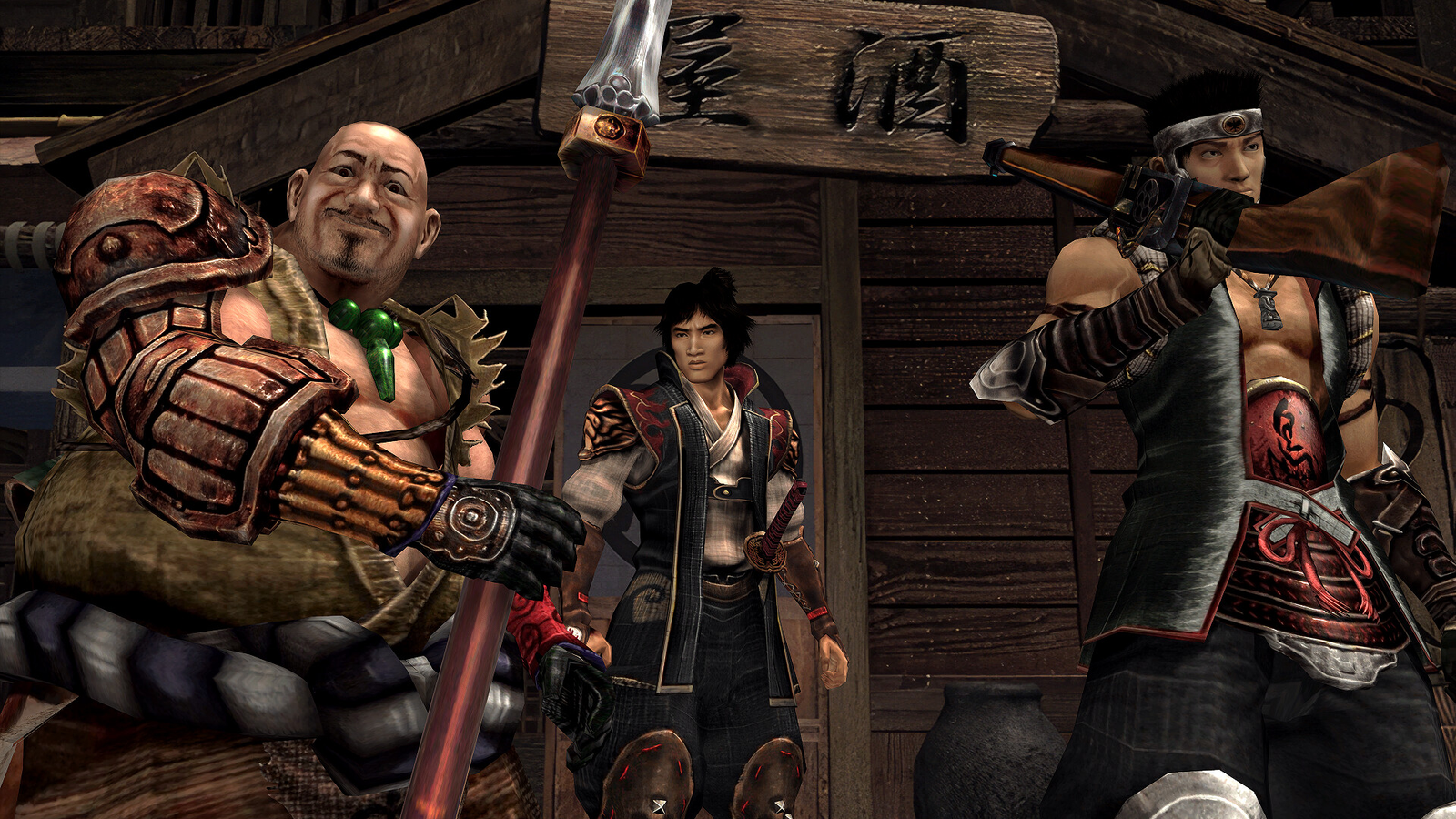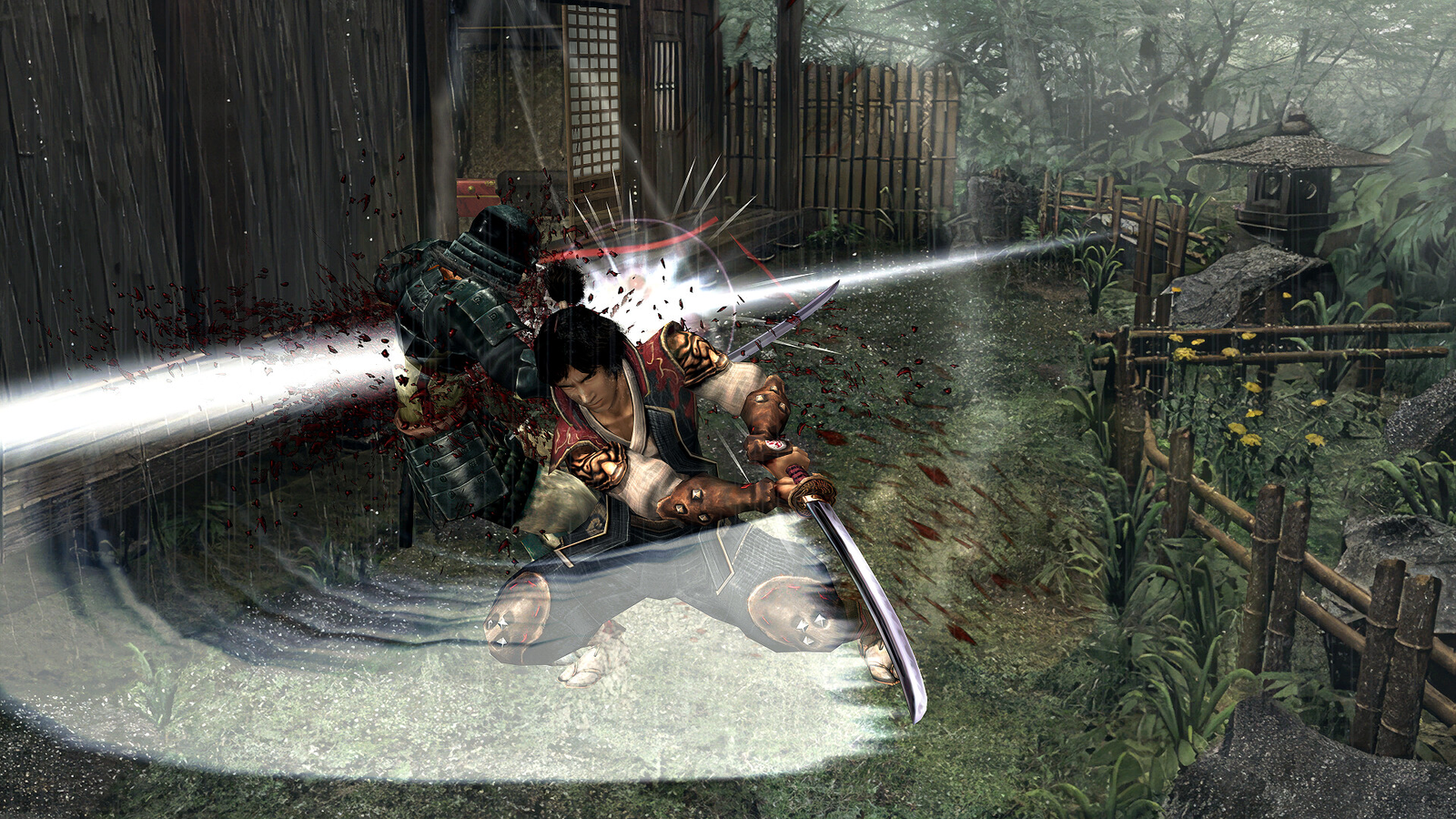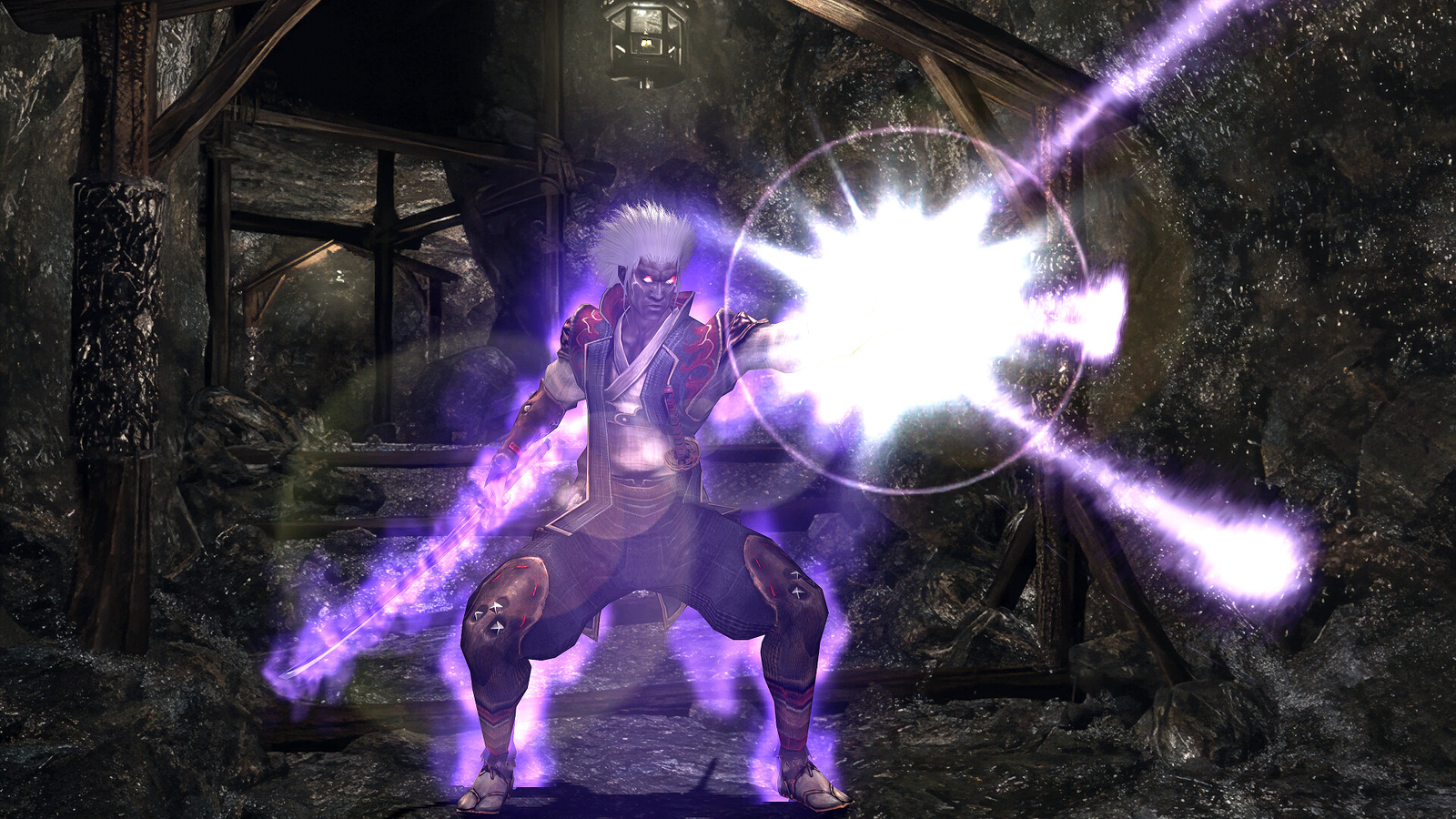I waited years for Capcom to remember that Dead Rising existed and finally do something with the series, so I’m more than aware of the struggle that fans of dormant IP face. Frank West is just one example, as beloved series like Dino Crisis, Viewtiful Joe, Lost Planet, and even Capcom’s own mascot Mega Man have all spent more than a decade on the shelf.
While I’m familiar with most of Capcom’s sleeping back catalogue, there’s one series that passed me by – Onimusha. Up until last year’s announcement of a long-overdue new entry, Onimusha fans have arguably had it even worse than Dino Crisis diehards, with the last mainline entry releasing all the way back in 2004.

Related
Monster Hunter Wilds’ First Capcom Collab Seems Like An Obvious Choice
Monster Hunter Wilds’ first Capcom collab is coming up, and I think we all know what it’s going to be.
Ever since, the series has consisted only of re-releases and poorly-marketed remasters, making it tougher than it needs to be for aspiring samurai like myself to master the blade.. That’s finally changing, as, just in time for a brand new game, Capcom has put more effort into bringing Onimusha back than ever in recent years. After remastering the first Onimusha six long years ago, the series finally returns with an equally impressive, if simplistic, revival of its sequel, Samurai’s Destiny.
Onimusha 2: Samurai’s Destiny takes place after the first game and follows Oda Nobunaga’s continued quest to conquer and unify Japan, only this time with a supernatural Genma army by his side. Along the way, Nobunaga ends up slaughtering Yagyu village, the home of protagonist Jubei, who then sets out on a quest for revenge that sees him crossing paths with far more interesting characters than the vengeance-driven hero.
Despite Jubei having less personality than a plank of wood outside of some occasional sass, Onimusha 2’s story ended up being one of its biggest surprises. While the dark and depressing intro might make it seem like you’re in for a serious no-nonsense journey, Samurai’s Destiny balances the more dramatic moments with a wonderfully silly tone that perfectly matches the infamously cheesy dialogue and characters.
The voice acting might sometimes seem like it’s unknowingly bad, but all of the jokes and self-aware banter made it clear that Capcom knew what it was doing here.
From random robot horses appearing out of nowhere to Jubei calling out enemies for being weirdos, Onimusha 2 kept me far more engaged than I expected, thanks to its memorable characters and moments. Humour may be the ace up Onimusha’s sleeve, but its writing is more than just a joke. I cared about companions like Oyo, Ekei, and Magoichi, and looked forward to their lovable levity in between the Resident Evil-esque chilling atmosphere felt during regular gameplay.
More Than Just Samurai Resident Evil
Speaking of Capcom’s crown horror jewel, that comparison is pretty much the only thing I knew about Onimusha before jumping in. If you’re in the same boat and have never played the series before, you might be surprised at how similar Samurai’s Destiny is to the classic Resident Evil games, with its cramped spaces, fixed camera angles, item-based puzzles, and even healing with herbs.
Beyond the obvious, like the feudal Japanese setting and distinct lack of zombies, what most sets Onimusha apart is its melee-focused combat. While battles start off simple enough with basic sword swipes and blocks, things quickly become more interesting and satisfying thanks to magic, charged moves, and a range of weapons. The only downside is that more chaotic fights can sometimes grow frustrating when the camera doesn’t behave itself, which happens more often than I’d like.
Thankfully, the jittery camera didn’t end up bothering me too much, as Onimusha’s most interesting mechanic, the Issen critical attacks, made up for it. Jubei can insta-kill enemies by slashing just before their attacks connect, which is very challenging yet incredibly rewarding to master. Combine that with tricky enemies across the board, and Onimusha’s precise and skilful combat makes it far more than just samurai Resident Evil.
Another key mechanic and staple of the series that I loved is the soul-absorption, which lets you collect health, mana, and upgrade points at the cost of opening yourself up to damage.
As great as combat can be, what stands out most in Onimusha 2 are its in-depth companion mechanics. Each of the four companions can be gifted items to increase your bond with them, which awards you items and can lead to them having a greater role in the story and even their own playable sections. Of course, you also have to struggle through learning what they like, but it’s nevertheless another surprising pillar of Onimusha 2.
One of my favourite parts of the companion system is how each character has specific reactions to the gifts you give them. Again, something I wasn’t really expecting from a 21-year-old game.
What’s less surprising about Samurai’s Destiny is how it’s been remastered. Beyond the HD graphics and speedy loading, there’s not much here in the way of extra content, save for a gallery, harder difficulty options, and early-unlock minigames that only the most diehard of fans will appreciate. The reworked weapon swap is the only noteworthy change, which makes gameplay smoother and saves shuffling through menus all the time.
Considering how long Onimusha fans have been waiting for Samurai’s Destiny to make a return on modern platforms, the lack of significant bonuses doesn’t feel like a big sticking point. More than anything, it let me finally experience a brilliantly unique series that for years I’ve been missing out on.
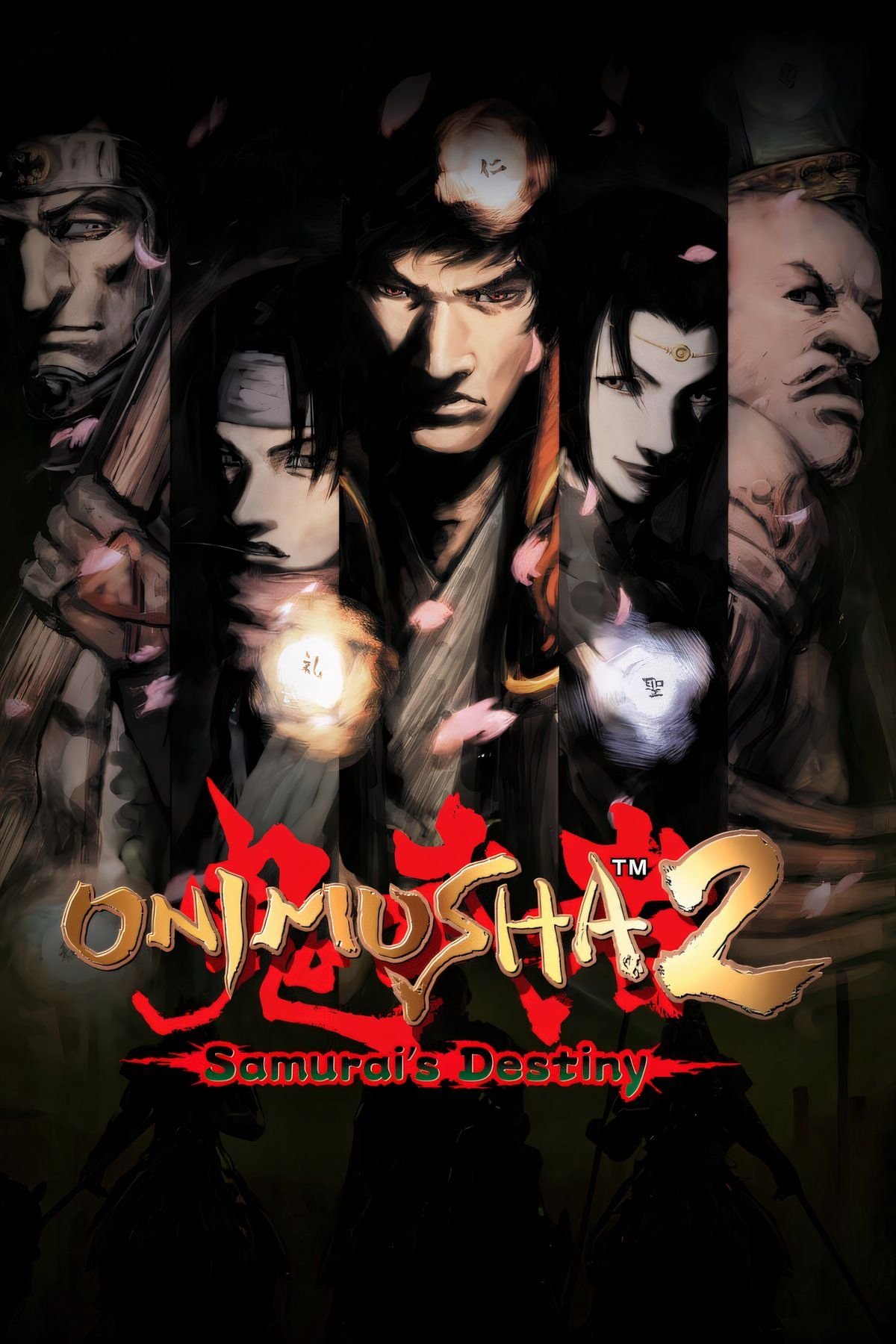
- Excellent and memorable tone that?s equally cheesy and chilling
- Satisfying combat with a unique critical hit mechanic
- Companion system is surprisingly in-depth
- Fixed camera angles can be a bit clumsy at times
- A fairly simplistic remaster without many bells and whistles
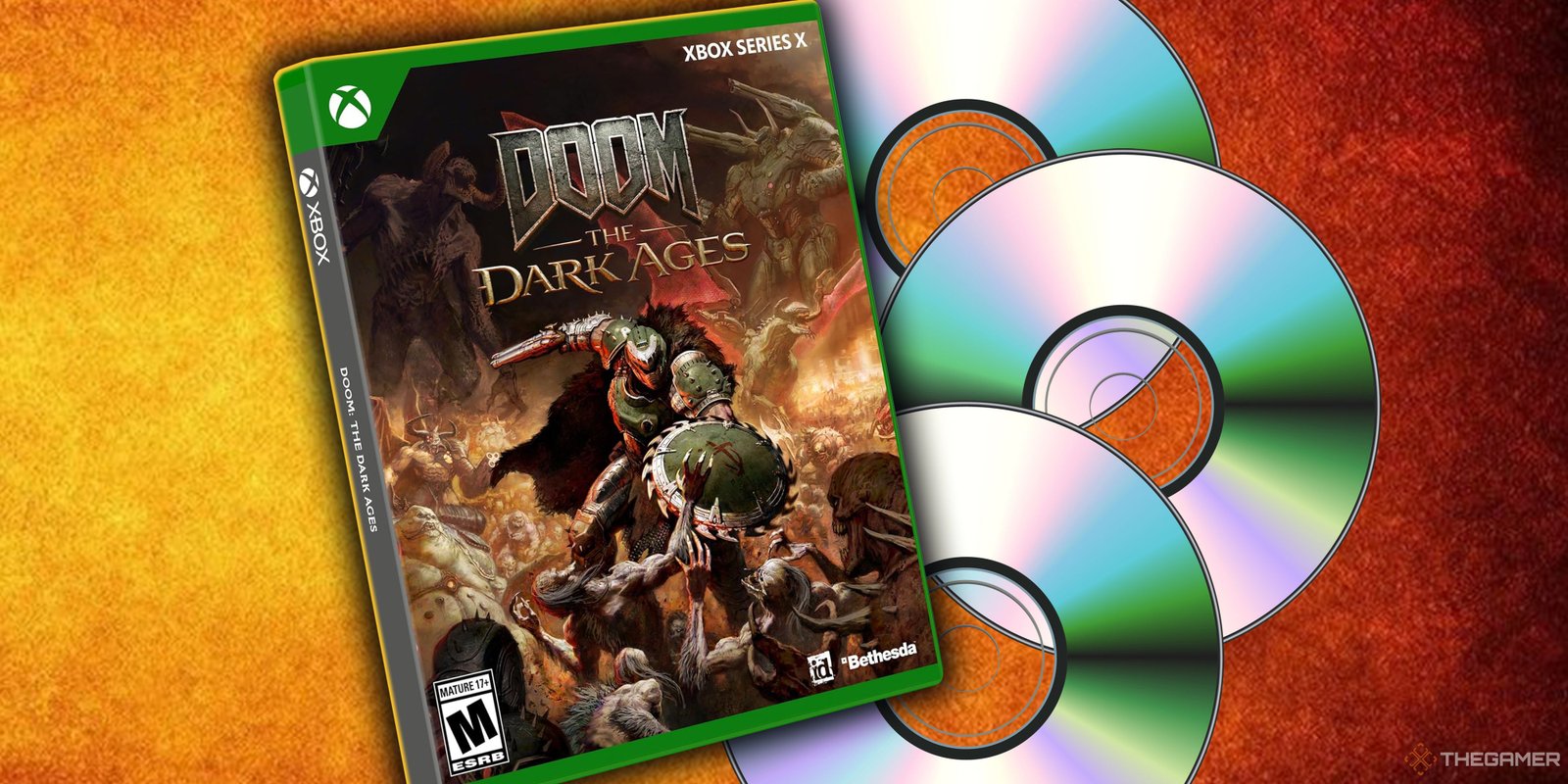
Next
Doom: The Dark Ages Should Have Just Launched On Multiple Discs
If you have to connect to Wi-Fi to access the full game, that’s not a physical copy.
